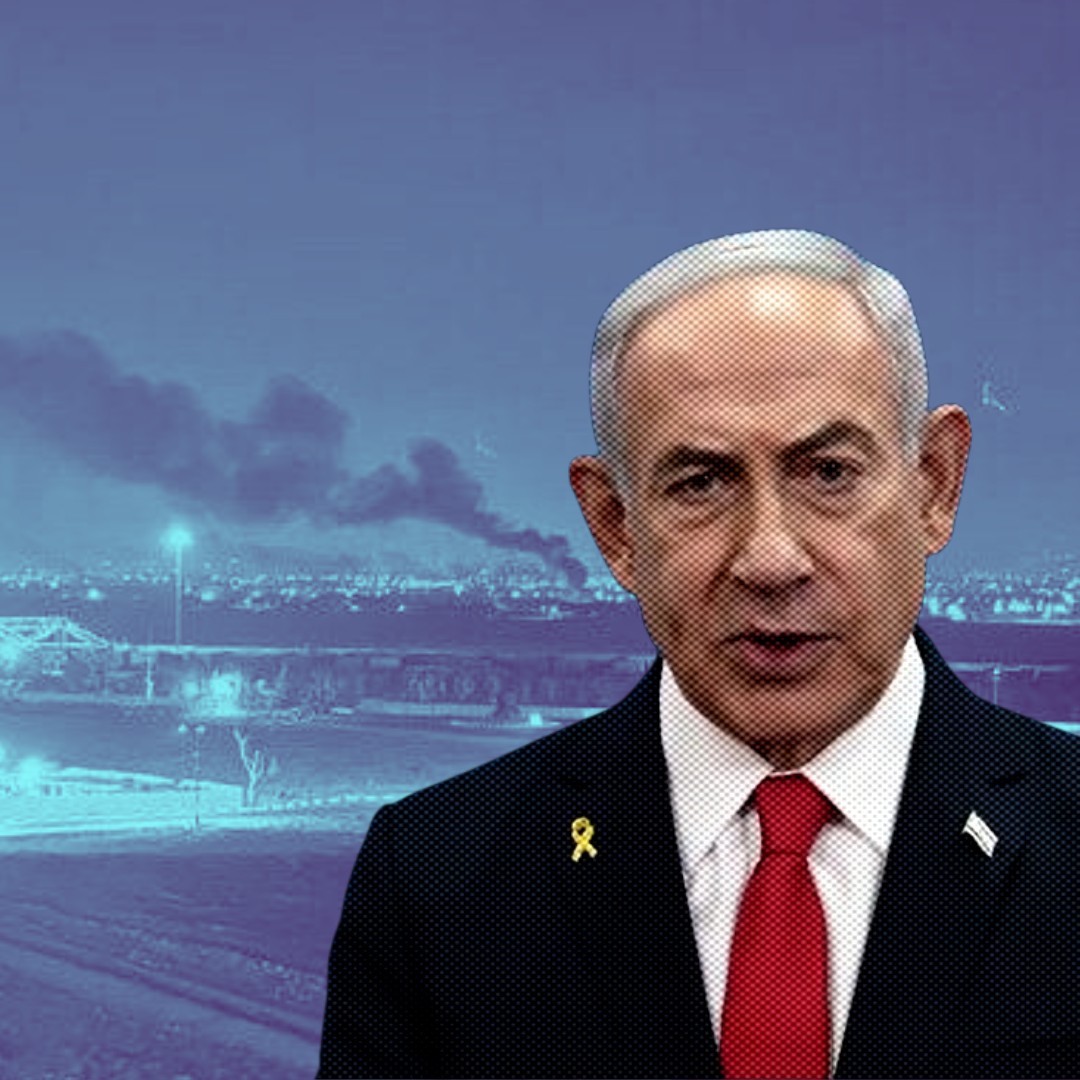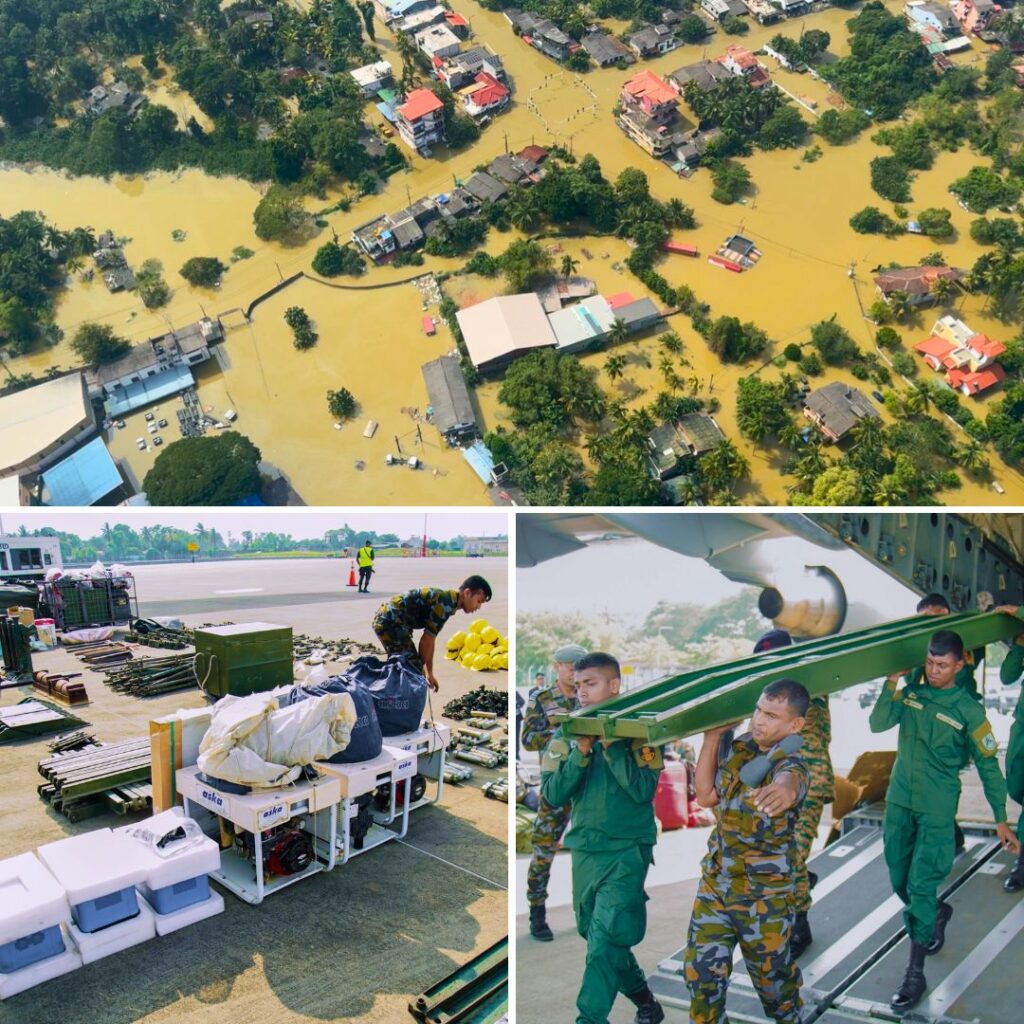Israel conducted airstrikes on military targets in Iran on October 26, 2024, in retaliation for a missile attack from Iran on October 1. The Israeli Defense Forces (IDF) described these “precision strikes” as necessary responses to ongoing Iranian aggression, which has included attacks from Iranian soil. Following the strikes, Iranian officials warned of a proportional response, raising concerns about further escalation. The situation has drawn international attention, with the U.S. monitoring developments while affirming Israel’s right to self-defense.
Escalating Tensions: A Closer Look
The IDF confirmed that its airstrikes targeted multiple locations in Iran, including Tehran and Shiraz, as part of a response to months of Iranian attacks. Prime Minister Benjamin Netanyahu had previously vowed retaliation after Iran launched approximately 200 ballistic missiles at Israel on October 1, claiming it was in response to Israeli operations against its allies. Reports indicated explosions in Tehran following the strikes, but no immediate casualties were reported. The IDF emphasized its preparedness for both attack and defense amidst the ongoing conflict.
Context of Conflict: A Long-standing Rivalry
The recent airstrikes are part of a broader conflict between Israel and Iran, marked by a series of retaliatory attacks over the past few months. Following the assassination of key Hezbollah leaders and ongoing military operations against Hamas, Israel has intensified its military efforts across the region. The missile attack on October 1 was a significant escalation that prompted fears of an all-out war. The U.S. has expressed concerns about the potential for these conflicts to disrupt global energy markets and has been involved in diplomatic efforts to de-escalate tensions while supporting Israel’s right to defend itself.
Major Developments in the Case
1. October 26 – Israel Conducts Retaliatory Strikes on Iran
Israel launched airstrikes targeting military installations in Iran, marking a significant escalation in the ongoing conflict. The IDF stated these actions were necessary to counter months of Iranian aggression, which included direct attacks from Iranian soil.
2. October 25 – U.S. Briefed on Israeli Strikes
U.S. officials were informed about Israel’s plans to retaliate against Iran before the strikes occurred. President Biden and Vice President Harris were briefed on the situation as tensions escalated.
3. October 25 – Hezbollah Intensifies Attacks
Hezbollah conducted at least sixteen attacks into Israeli territory, including drone strikes targeting IDF positions in northern Israel. The IDF intercepted some drones and continued operations against Hezbollah targets in Lebanon.
4. October 1 – Iran Launches Missile Attack on Israel
Iran fired over 180 ballistic missiles at Israel as retaliation for the assassination of key allies, including Hamas leader Ismail Haniyeh and Hezbollah leader Hassan Nasrallah. Most missiles were intercepted, but some damage was reported to military infrastructure.
5. Ongoing Conflict Context
The recent developments are part of a broader and intensifying conflict involving multiple fronts in the region, including ongoing Israeli operations against Hezbollah and Hamas. Since late September, Israel has increased its military activities in Lebanon and Syria, aiming to eliminate perceived threats from Iranian-backed groups.











